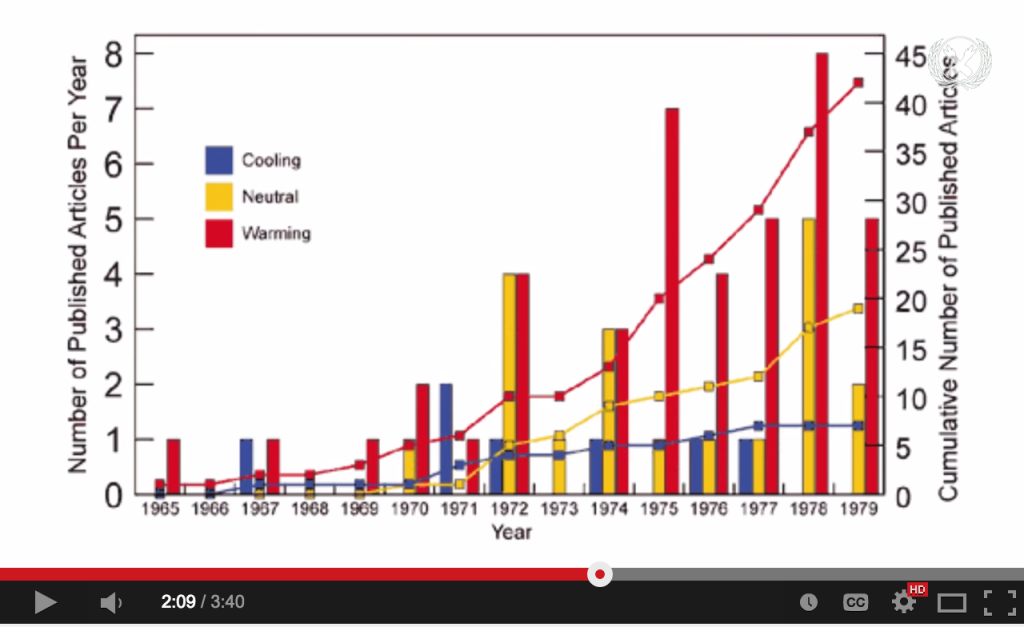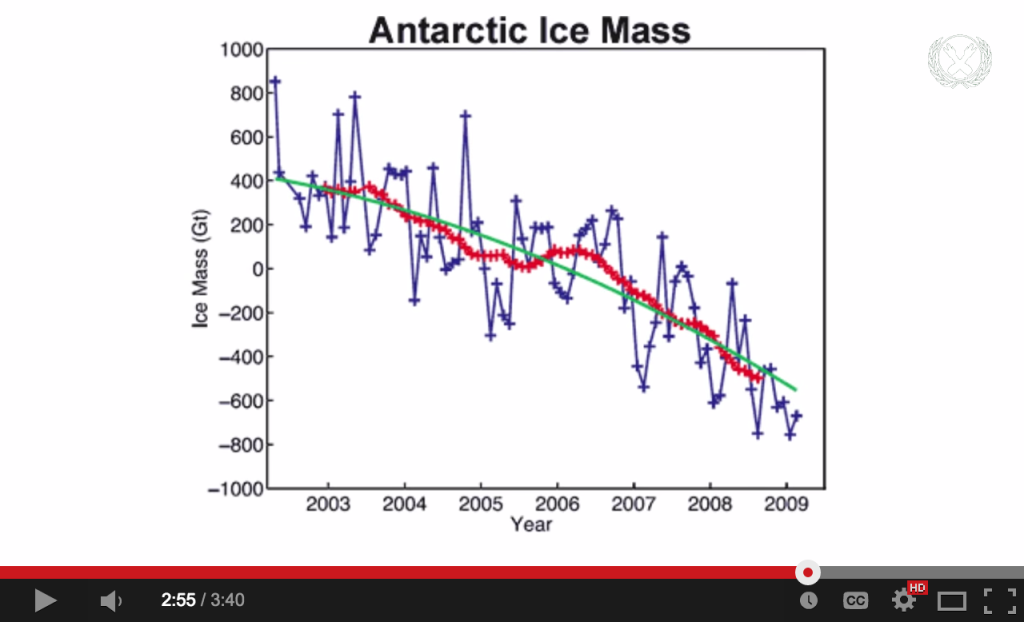Our story-finding process began with looking at a bunch of data connected by the fact that it related to Food For Free, and we needed to construct a meaningful message about their organization, supported with their actual impact on the local communities. This initial search was summed up in something the Data Journalism Handbook briefly mentioned — “key terms don’t always give you what you want, sometimes you have to sit back and think about what you’re really asking for.” We couldn’t just look at the data and pull out the biggest numbers or the most shocking facts, although that was a starting point to get ideas flowing in groups. Eventually, we had to step back and see how the data was interconnected to create a larger, more powerful story; one where someone who sees our mural “should almost be able to read the story without having to know that it comes from a dataset.”
When we were actually designing the mural, it felt like our group work revolved around the design principles in the Segel & Heer reading without actually mentioning them by name. In brainstorming the words and associated symbols, we figured out visual mechanisms to highlight particular story elements and how much messaging to include in our final mural design (solely pictures or which statistics to include). When we did the pass-along drawings and gathered as a group to work out a draft for the final design, we figured out how to combine different elements to visually structure both the mural and the narrative to make sure we were conveying the story effectively.
I’d be curious as to what other people think about the author-driven/reader-driven nature of designing a mural, because it seems to be a little bit of both. On the one hand, we curated its development and created the story we wanted to tell — the community viewing the mural isn’t going to see the pages of data about Food for Free unless they actively search for them. On the other hand, once the mural is painted, it is entirely out of our hands and is up to the viewers’ interpretation. Even though we tried to highlight certain ideas, it’s up to the people who look at the mural to notice the details (or not) and start conversations about it (or not).

